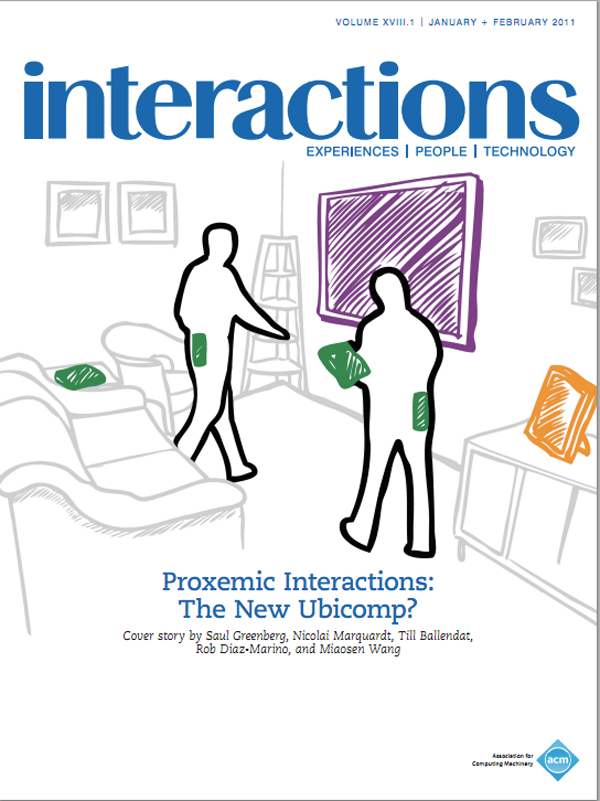Authors:
Hugh Dubberly, Shelley Evenson
Designers often speak of design as a process. Typically, design thinking leads to design making, which leads to artifacts. Yet the design process also leads to something moreto new knowledge. Thus, we might characterize designing as a form of learning. Curiously, the converse is also true. We might characterize learning as a form of designing. That is, the process of observing, reflecting, and making (and iterating those steps) may aid learning. Several designers and teachers have recognized the link between designing and learning and are bringing designing into curricula not just in college but also in high school and…
You must be a member of SIGCHI, a subscriber to ACM's Digital Library, or an interactions subscriber to read the full text of this article.
GET ACCESS
Join ACM SIGCHIIn addition to all of the professional benefits of being a SIGCHI member, members get full access to interactions online content and receive the print version of the magazine bimonthly.
Subscribe to the ACM Digital Library
Get access to all interactions content online and the entire archive of ACM publications dating back to 1954. (Please check with your institution to see if it already has a subscription.)
Subscribe to interactions
Get full access to interactions online content and receive the print version of the magazine bimonthly.







Post Comment
@Jimela Dora (2019 02 21)
Thanks, I am a researcher, learning designer and an educator. I am passionate about design thinking as I design model teaching and learning/ pedagogical models to be built into the website I hope you will allow me to make reference to you model which serves as my Action/Participatory research as an Online EDDLead by research. Title of my research is: N ethnographic Complementary Between Professional Development and Innovative Teaching Practices at The Papua New Guinea University of Technology- final EDDLead online thesis algorithms